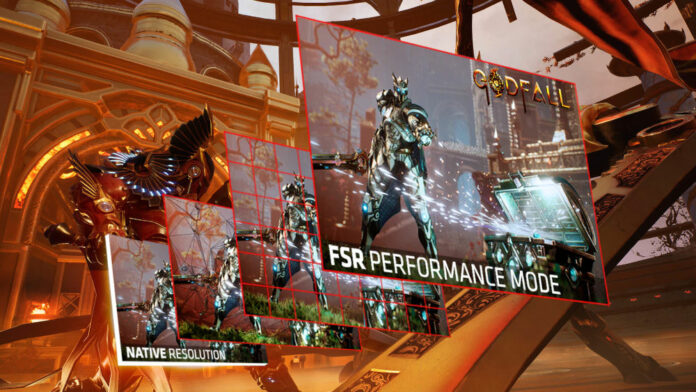AMD has released a plugin for its FSR 2.2 upscaling technology on Epic Games’ Unreal Engine 5.1 engine, offering better image quality/stability while consuming less resources.
Following AMD’s release of FSR 2.2 source code, Team Red is now focusing on Unreal Engine 5.1 with a new plugin that, among other things, reduces ghosting on animated materials and improve the appearance of animated foliage on games made using UE5.
These benefits should be visible on fast-moving objects, for example, in racing games or when the camera is quickly turned in-game. From personal experience, ghosting tends to be more apparent when a dark object like a car (Need for Speed Heat), a tank (War Thunder), or a weapon (Enlisted) moves in front of a brighter background. This problem is further accentuated by FSR, or temporal antialising, which uses information from prior frames.
FSR 2.2 should also reduce the fizzing artefacts which cause newly visible objects to be less detailed after they appear from behind other objects – a building, for example, giving them a grainy effect.
Unreal Engine FSR 2.2 plugin-specific improvements
In addition to the benefits of earlier versions, FSR 2.2:
- Adds support for Unreal Engine 5.1.
- Includes the general improvements from FSR 2.2 to tackle ghosting.
- Gives improved handling of ghosting for objects with World Position Offsets – more objects with WPO should render velocity by default.
- This improves the appearance of animated foliage – but depends on developer settings.
- Slightly different process to improve ghosting on animated materials.
Finally, AMD is also plans to reveal more FidelityFX features at the Game Developers Conference (GDC) on March 20, possibly showcasing, for the first time, FSR 3.0, which may bring hotly anticipated frame generation to Radeon cards.


